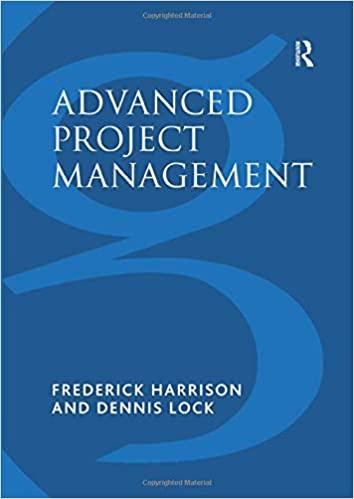can someone help me for the question S . the last qustion
thank you

Financial statements for Fanning Company follow FANNING COMPANY Balance Sheets As of December 31 2019 2018 25.000 241,000 208.000 280,000 31,000 $584 000 26.000 $524 000 $ Current assets Cash Marketable securities Accounts receivable net) Inventories Prepaid items Total current assets Investments Plant (net) Land Total assets Liabilities and Stockholders' Equity Liabilities Current liable Notes payable Accounts payable Salaries payable Total current a s Noncurrenties Bonds payable Other Total noncurrent abilities Total liabilities Stockholders' equity Preferred stock. (par value $10,5% cumulative, non participating: 8,000 shares authorized and issued) Common stock (no par: 50,000 shares authorized: 10.000 shares issued) Retained earnings Total stockholders' equity Total liabilities and stockholders' equity $ 19,200 78.800 20.000 8,100 65.000 93,100 150.000 29.000 179.000 303 000 150.000 24 000 174 000 267,100 80.000 80.000 80,000 80 000 121000 21000 $584 000 256 900 $524.000 2018 $260,000 6.000 200.000 FANNING COMPANY Statements of income and Retained Earings For the Years Ended December 31 2019 Revenues Sales (net) $280.000 Other revenues 9,000 289.000 Total revenues Expenses Cost of goods sold 140,000 Selling, general, and administrative 60 000 Interest expense 9.500 Income tax expense 48.000 257.500 Total expenses Net earnings (net income) 31,500 Retained earnings, January 1 96.900 Less: Preferred stock dividends 4,000 Common stock dividends Retained earings, December 31 $121,000 118.000 55,000 8.700 47.000 228.700 37,300 67.000 4,000 3.400 $96.900 3.400 Required Calculate the following ratios for 2019 and 2018. Since 2017 numbers are not presented, do not use averages when calculating the ratios for 2018. Instead, use the number presented on the 2018 balance sheet a. Working capital. b. Current ratio. (Round your answers to 2 decimal places.) c. Quick ratio. (Round your answers to 2 decimal places.) d. Receivables turnover (beginning receivables at January 1, 2018, were $39,000). (Round your answers to 2 decimal places e. Average days to collect accounts receivable. (Round your intermediate calculations to 2 decimal places and your final answers to the nearest whole number.) f. Inventory turnover (beginning inventory at January 1, 2018, was $145,000). (Round your answers to 2 decimal places.) 9. Number of days to sell inventory (Round your intermediate calculations to 2 decimal places and your final answers to the nearest whole number.) h. Debt to assets ratio. (Round your answers to the nearest whole percent.) 1. Debt to equity ratio. (Round your answers to 2 decimal places.) } Number of times interest was earned. (Round your answers to 2 decimal places.) k. Plant assets to long-term debt. (Round your answers to 2 decimal places.) 1. Net margin (Round your answers to 2 decimal places.) m. Turnover of assets. (Round your answers to 2 decimal places.) n. Return on investment. (Round your answers to 2 decimal places.) 0. Return on equity. (Round your answers to 2 decimal places.) p. Earnings per share. (Round your answers to 2 decimal places.) q. Book value per share of common stock. (Round your answers to 2 decimal places.) 1. Price-earnings ratio (market price per share: 2018. $12.00: 2019, $13.00). (Round your intermediate calculations and final answer to 2 decimal places.) S. Dividend yield on common stock. (Round your answers to 2 decimal places.) 2019 2018 times days times days times days times days a. Working capital b. Current ratio c. Quick ratio d. Receivables turnover e. Average days to collect accounts receivable f. Inventory turnover g. Average days to sell inventory h. Debt to assets ratio i. Debt to equity ratio j. Number of times interest eamed k. Plant assets to long-term debt 1. Net margin m. Asset turnover n. Return on investment o. Return on equity p. Earnings per share 9. Book value per share r. Price-earings ratio s. Dividend yield per share per share per share per share









